We went to attend a wedding ceremony in Varanasi from January 26 to January 30. My mother decided to go for a dip at the Triveni Sangam this time also on the occasion of the Mauni Amavasya. We came to Prayagraj city for the shahi snan on the occasion of Mauni Amavasya during the Maha Kumbh Mela in 2013. That time my dad was also with us. My Dadu, father of my mother and the family of my maternal uncle stay in Allahabad. So, it’s convenient for us.
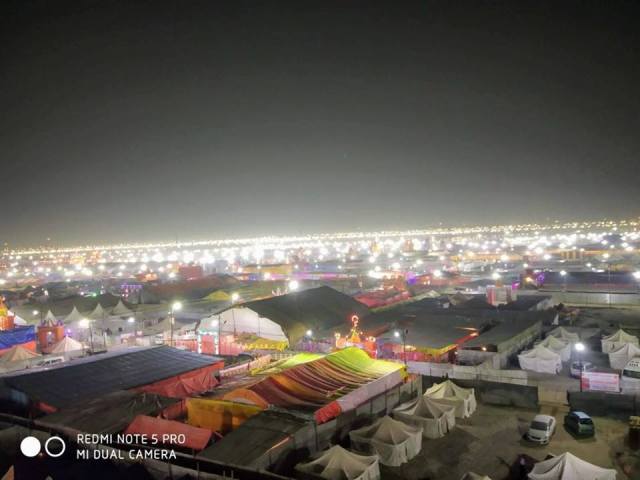
The Kumbh Mela — the largest congregation in the world — sees world gathering of saints, pilgrims, devotees to take holy dips in the sacred confluence of the Ganga, the Yamuna, and the mystical Saraswati. Bathing in these rivers is thought to cleanse and purify ones’ soul of all sins. It’s recognized by UNESCO as India’s ‘Intangible Cultural Heritage of Humanity’. The tradition of Kumbh Mela is continuing since time immemorial.
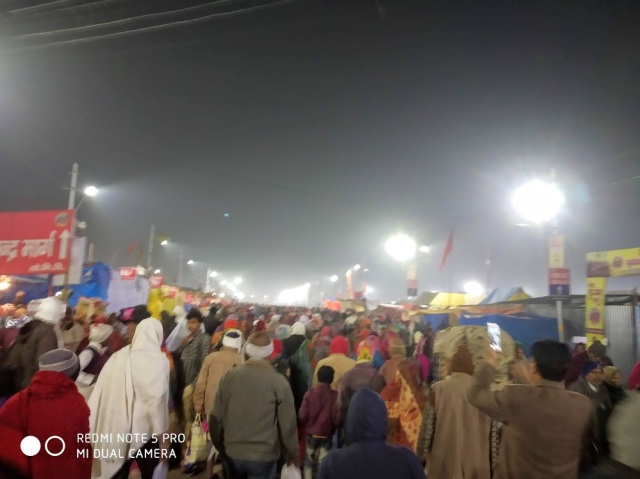
The grand religious event, which started on January 15 on the occasion of Makar Sakranti, is expecting the highest participation on the Mauni Amavasya. Basically, Mauni Amavasya is the new moon day of the Magha month of the Hindu calendar, which falls in late January or early February. It assumes greater significance if it falls on a Monday during the Kumbh, which happens to be the case this time. The Amavasya will begin at 11:52 p.m. on February 3 and will continue till 02:33 a.m. on February 5. The Kumbh witnesses altogether three Shahi snans (Royal Baths), the first of which took place on Makar Sankranti (January 15) and the third and the last is scheduled on Basant Panchami (February 10).
Our Panditjee in Allahabad booked a tent for the entire duration of the Kumbh Mela. He invited us to his tent. My mother and I reached his tent in the morning of January 3. We stayed in the tent area and also participated in the pujas and religious ceremonies all throughout the day. We stayed there for the night as we were to have our dip in the river Ganga at dawn. Dadu also joined us in the evening.
I walked around the mela to see many sadhus, sannyasis, monks, devotees, and people around. It’s amazing!
For the first time ever, at least 2,500 transgender (a.k.a. Hijra or Kinnar) monastics and seers are participating in the Kumbh Mela under the banner of the Kinnar Akhada. A series of religious and cultural programmes are in the kinnar village every evening and folk artists from different parts of the country perform here.

The place of hijras in Indian culture dates back to the Ramayana, a more than 2,000-year-old Hindu epic poem venerated and performed across India. In the text, the god-king Ram is exiled from the holy city of Ayodhya, with the entire kingdom following him into the forest. He orders them to turn back, but returning after 14 years, finds the hijras waiting for him in the same spot. Impressed by their devotion, he grants them the power to invoke blessings and curses on people.

However, a law was passed by the British crown in 1871 classing the hijras as “criminals”. Little changed after Independence and hijras were pariahs, living in tribes, begging or soliciting for sustenance and harassed by police. It was only in 2014 that the Supreme Court officially recognised transgender people as a third gender. Kinnar Akhada is a step forward towards inclusiveness of transgenders in the Indian society.
For Kumbh Mela, a new temporary city (Kumbh Nagri) has been set up along Prayagraj, which has 250-km long roads and 22 pontoon bridges. According to news agency ANI, this is the largest temporary city in the world. The 32,000-hectares township – Kumbh Nagri – on the banks of the river the Ganga and the Yamuna spanning 15 km on both sides of the rivers, was teeming with people making their way to the Sangam for the bath from one day before.
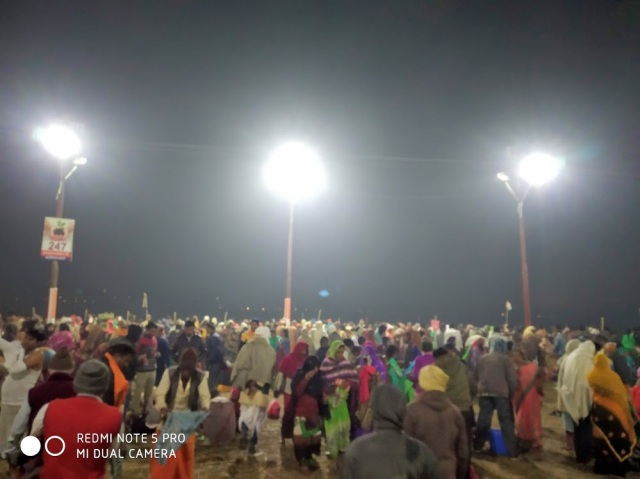
It is believed that on this day of Mauni Amavasya, first sage Rishabh Dev broke his long vow of silence and bathed in the holy waters. Many devotees take up a vow of silence on this day. We observed silence from the time the tithi started (11:52 p.m. on February 3) until we took our holy dip in the river Ganga at the dawn of February 4. In Vedic timekeeping, a tithi is a lunar day.
It’s a divine experience to take a dip in the Sangam along with so many saints, monks, pilgrims, and devotees. Massive security and functional arrangements have been made for peaceful bathing. After our holy bath in a chilly winter morning, we warmed us with hot jalebis.
Creating a record of sort, 50 million pilgrims have taken a dip in Sangam during the auspicious Somvati Mauni Amavasya.
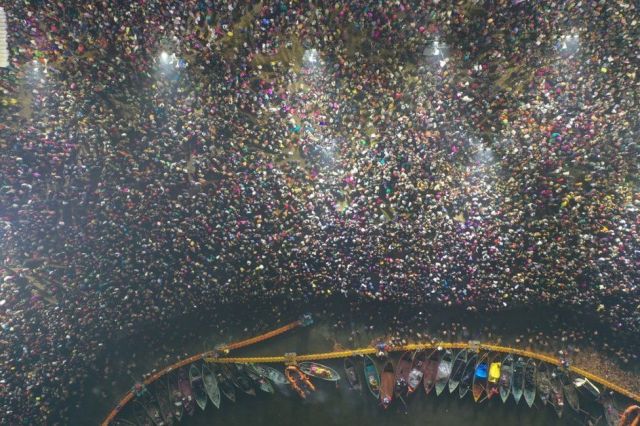

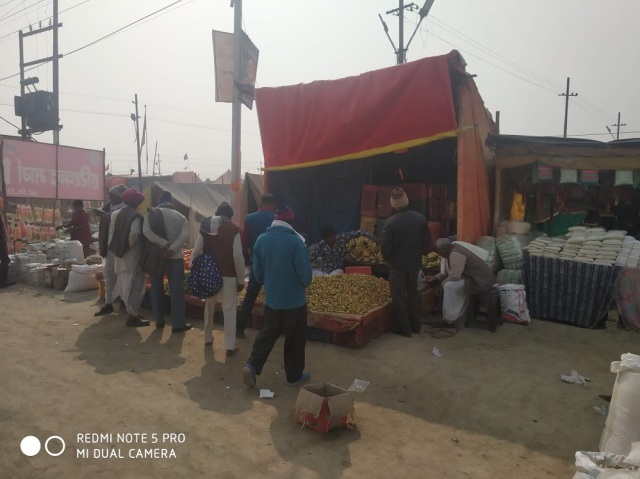
We spent the whole day of the Mauni Amavasya on the bank of the river, attended religious discourses and prayers, and returned home after the havan in the evening.
Havan, a.k.a. homa or homam, is a Sanskrit word that refers to any ritual wherein offerings are made into a consecrated fire.
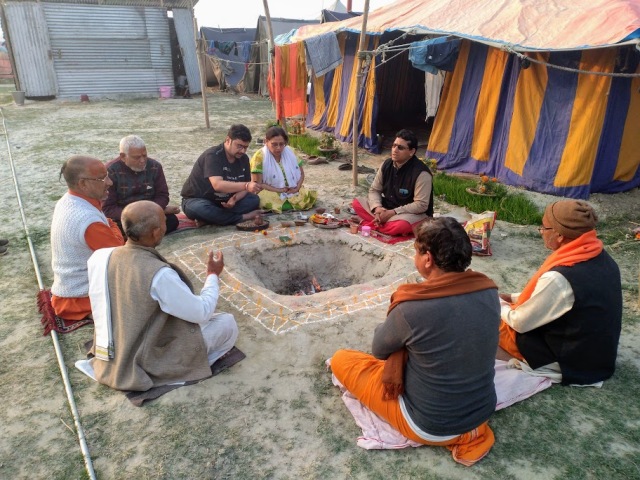
Kumbh Mela never ceases to amaze and its amazement is felt in the grandeur of it being the largest religious-cultural festival in the world.
This is my second Kumbh Mela here and it’s indeed a huge gathering of people. More than 120 million people are expected to visit Kumbh till Maha Shivaratri (March 4), when the festival will come to a close. I was missing my dad this time. We enjoyed the Maha Kumbh Mela together in 2013.
The Government of Uttar Pradesh (UP) has this time also developed a mobile application to deliver a seamless digital tourism experience to the pilgrims and the foreign visitors by providing contextual digital experience and showcasing information. I must appreciate the UP government and people of Prayagraj for making such a huge mega event a peaceful and orderly one. No untoward incident has been reported from anywhere. The government has built new roads, revamped the local airport and tried its best to keep things clean.
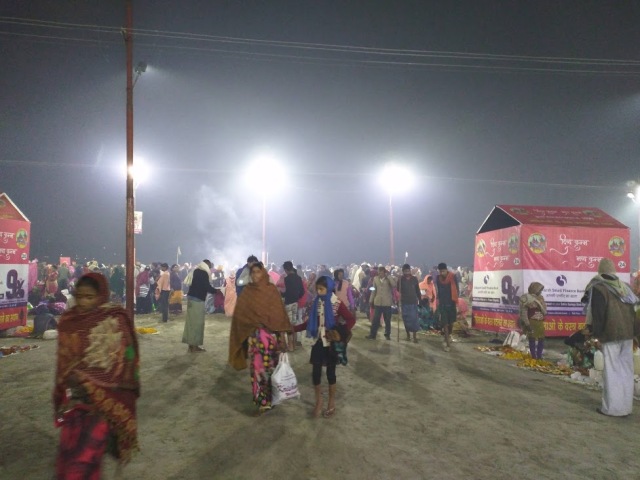
For the first time, an Integrated Control Command and Centre has been established in the Kumbh Nagri to facilitate controlling and keeping safe the traffic movement and the crowd coming to mela. Artificial Intelligence (AI) is being used by the Integrated Command and Control Centre wherein the security personnel can see the visuals of crowd movement and assess the crowd size. At the same time, they can also monitor anything which is suspicious.
All India Radio (AIR) has set up a separate one kilowatt FM transmitter — Kumbhvani to start broadcasting at 5.55 a.m. until 10.05 p.m. daily. This broadcast can be heard in the radius of 35 km. AIR for the first time, has also made arrangements for live streaming on YouTube of all programs broadcast from Kumbhvani.
The state government has harnessed all of its resources to try and make the rambunctious and chaotic Kumbh an orderly affair. The overall arrangements, Police bundobust, disaster management, and crowd management were excellent this time, which made the whole experience a pleasantly memorable one.
Har Har Gangay! Har Har Mahadev!












Beautiful post !
LikeLiked by 2 people
Thank you. Should visit this kind of events.
LikeLiked by 1 person
I have to make time to visit or may be after my retirement
LikeLiked by 2 people
Well, don’t worry Madam. It’s repeated every 12 years or 6 years, if you include Ardha Kumbhs. Hope you’ll make time for one.
LikeLike
Interesting read; yet to visit Kumbh
LikeLiked by 2 people
Thanks, Arvind. It’s a wonderful experience. You must be there once to feel it.
LikeLiked by 2 people
I hope someday I do. Life is short and the list of places is pretty long. 🙂
LikeLiked by 1 person
Yes, very true. 😃
LikeLiked by 1 person
Beautiful post. It amazes me that since the begining of time this festival is going on. Everytime people come a take a dip. What a wonderful tradition! Blessed are those taking a dip in the river.
LikeLike
It is an awesome feeling to bathe with so many people at one point of time. Feels like the great baths of Harappa civilisations.
LikeLike
True. It is the continuity that is so thrilling.
LikeLiked by 2 people
Absolutely.
LikeLike
Lovely write-up with colourful pictures. It seems that now kumbh is organised with lots of planning. I will visit it next time if possible.
LikeLiked by 2 people
Sure, you must visit it at least once. It’s an amazing experience.
LikeLiked by 1 person
It is actually. Last time I went to Maha Kumbh 6 years ago and it was too crowded. But this time it was so well-managed that I didn’t feel it a bit crowded. Even vehicles were allowed to reach the ghat for old and physically challenged pilgrims, even though around 5 crore of pilgrims took holy dip this year.
LikeLiked by 1 person
Enjoyed the post as well as the photos 🙂 Kumbh mela is definitely on my bucket list!
LikeLiked by 1 person
Thank you. It’s definitely a lifetime experience.
LikeLiked by 2 people
It is really nice to feek the amazement in your words. As I had a complete different experience, I am happy to hear the opposite.
LikeLike
Hmm.. was the different good one or bad one?? I am curious.
LikeLike
I’ve always heard about the kumbh and the simplicity with which people attend it. You’ve written a great post covering and showing how significant the event is. Great job!
LikeLiked by 1 person
Thank you!
LikeLiked by 1 person
You’re welcome!
LikeLiked by 2 people
Nice darshan sir, very well narrated..
Thanks for sharing..
LikeLiked by 1 person